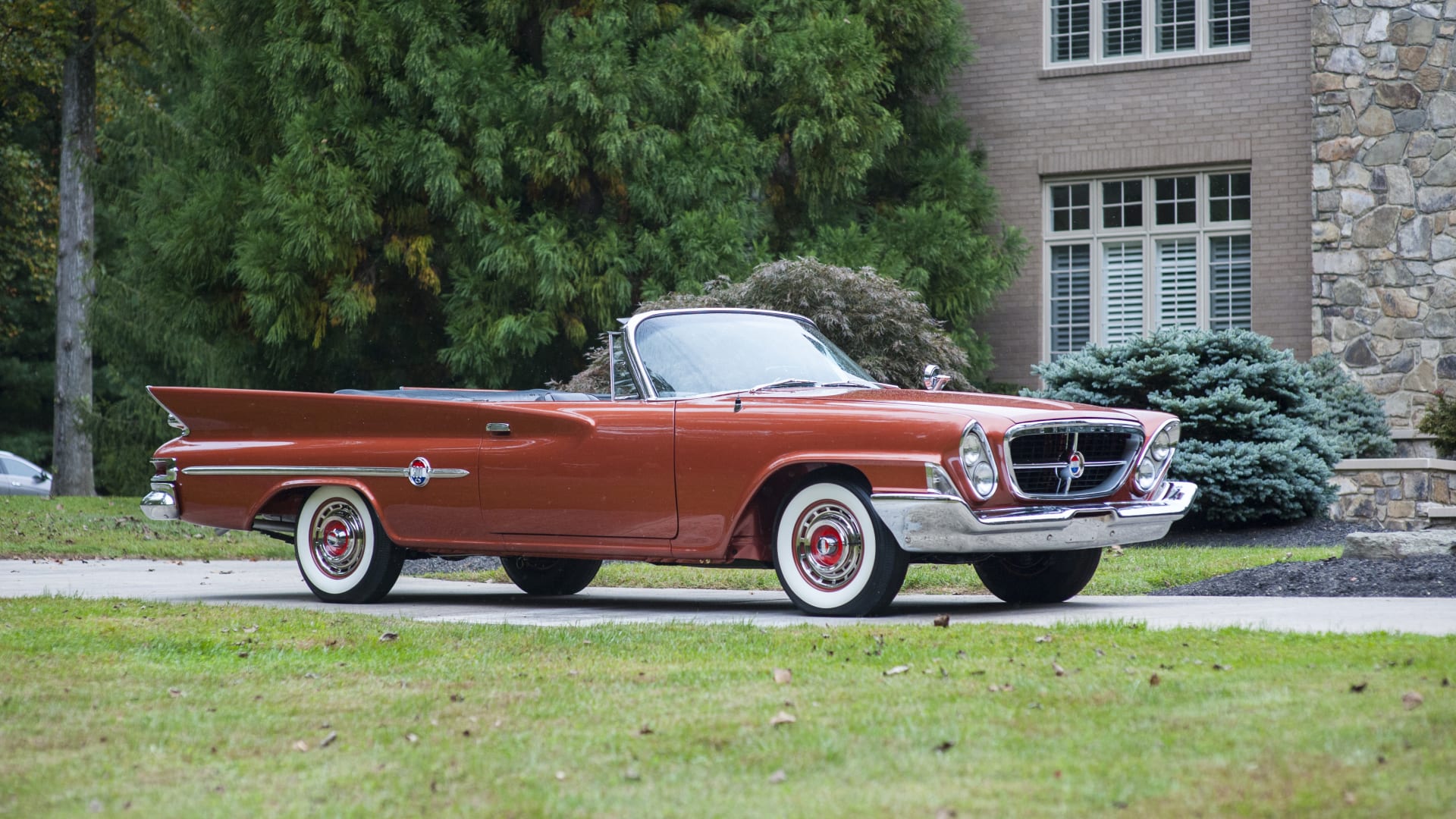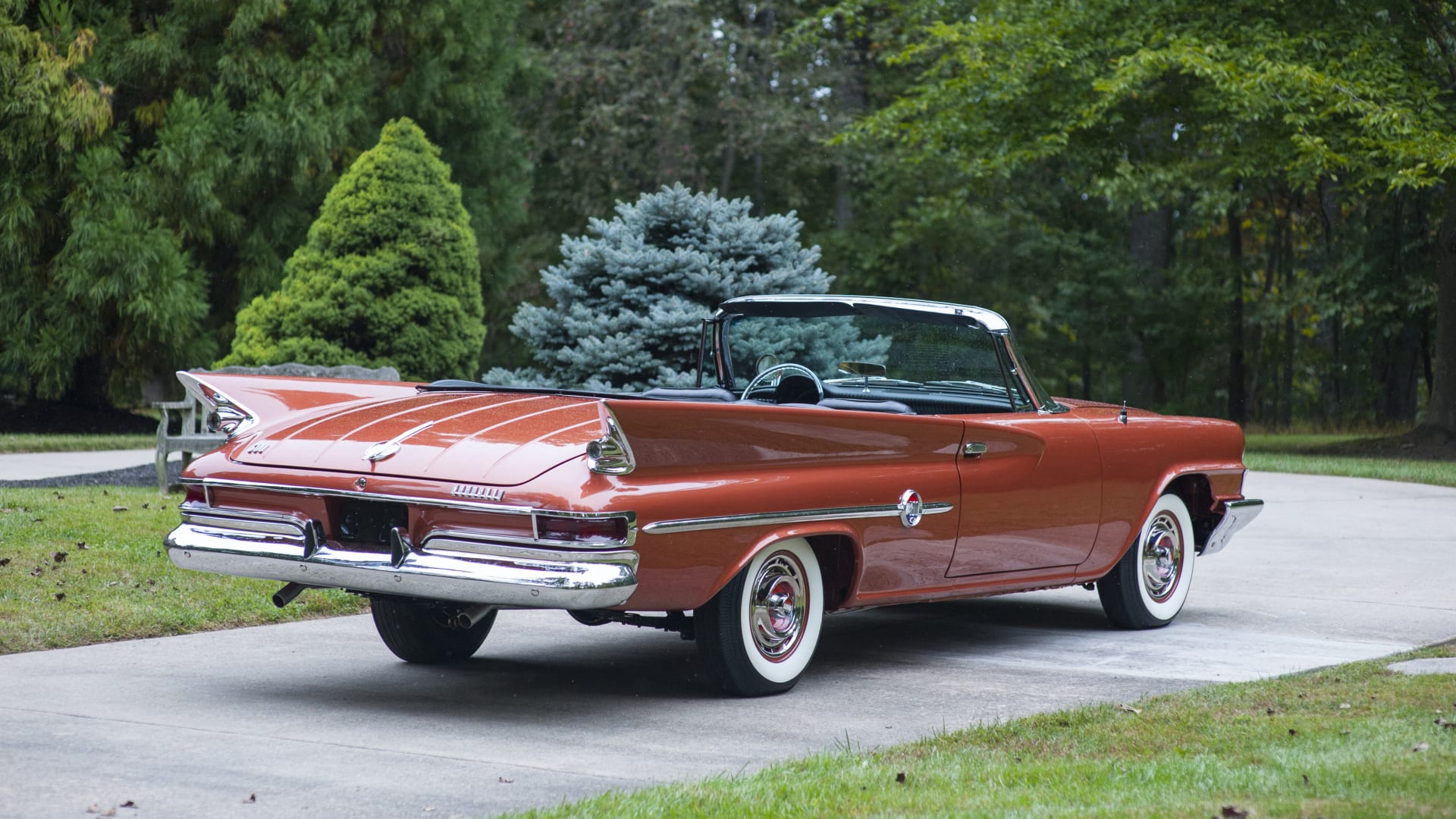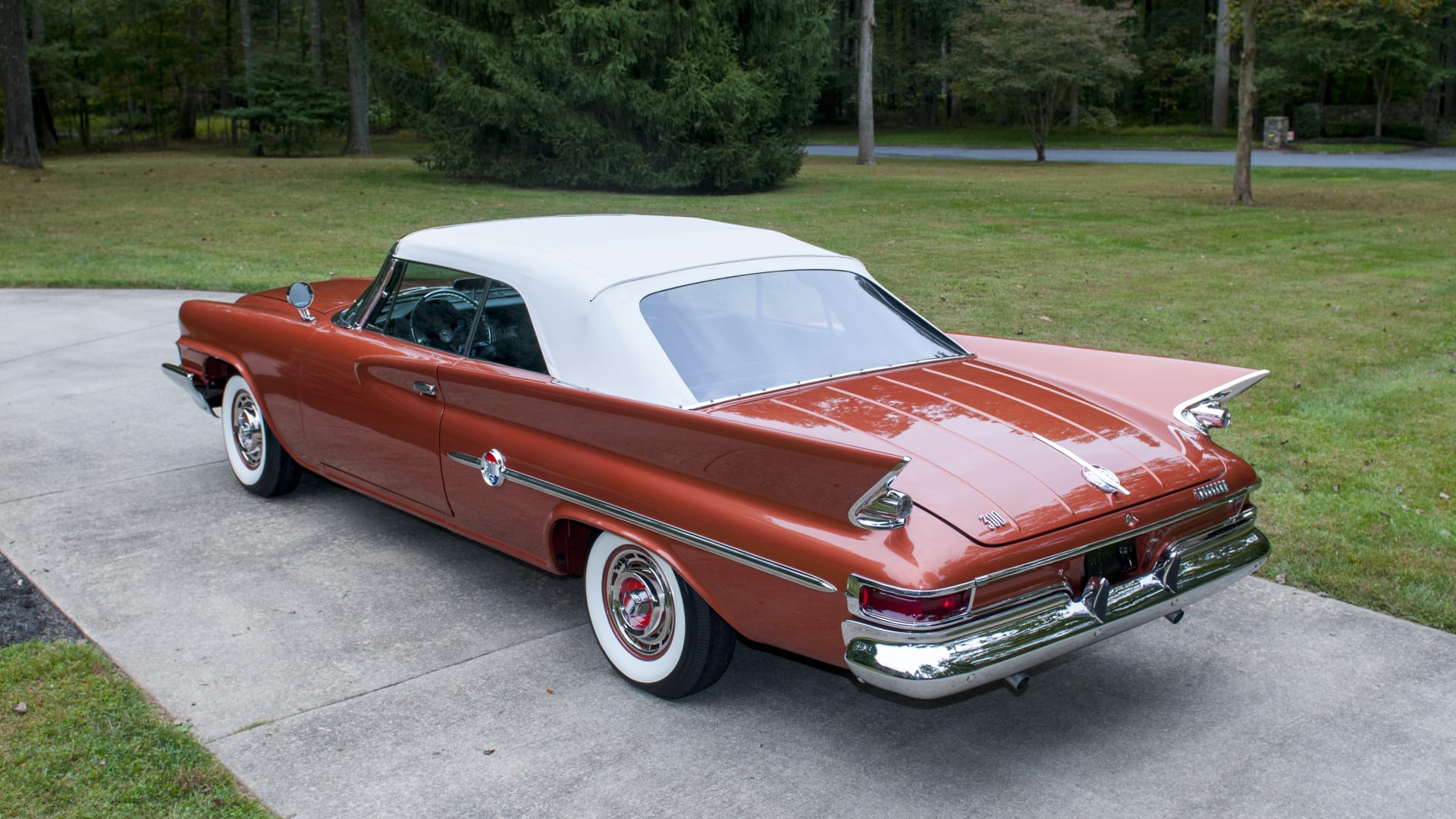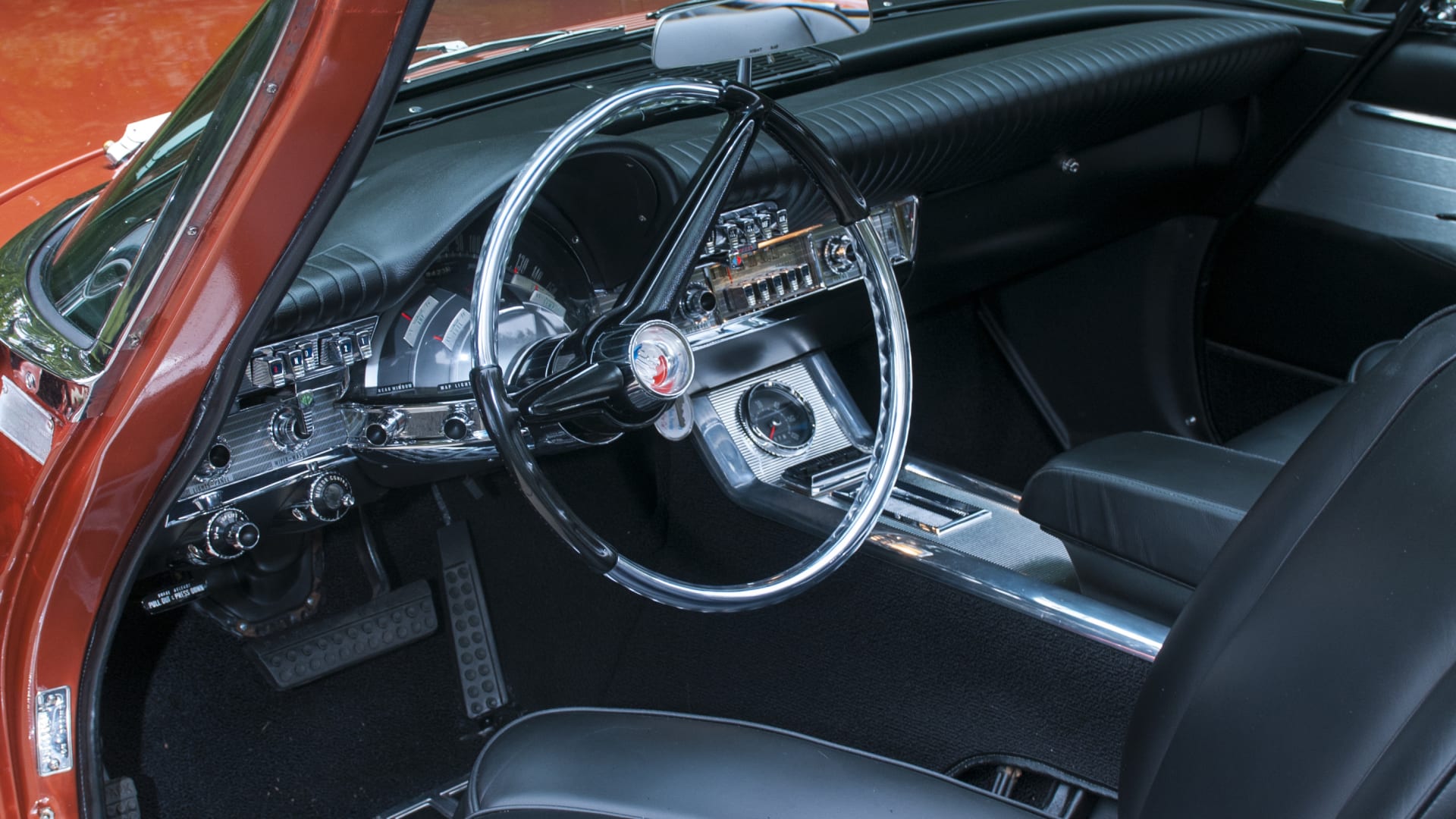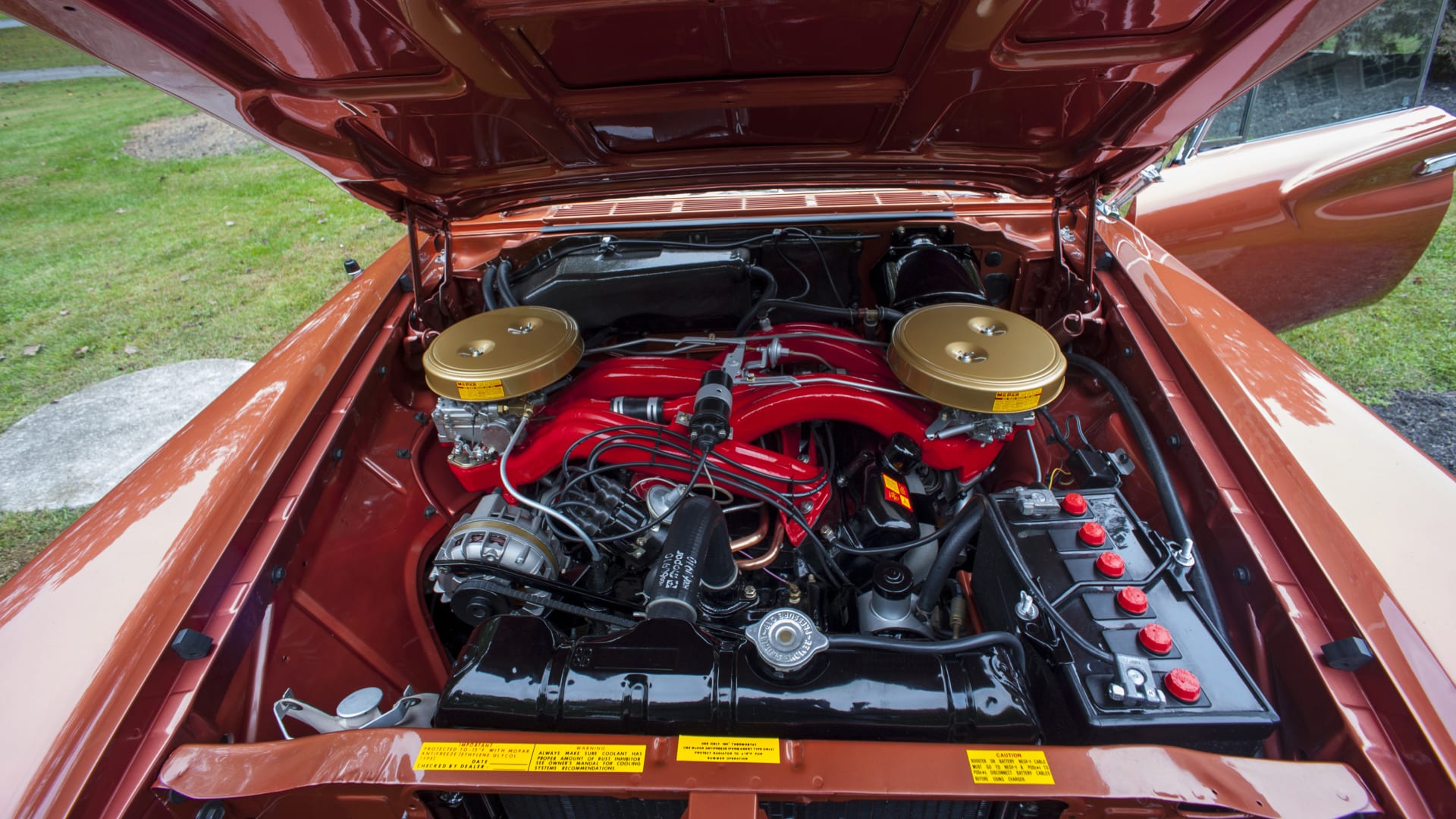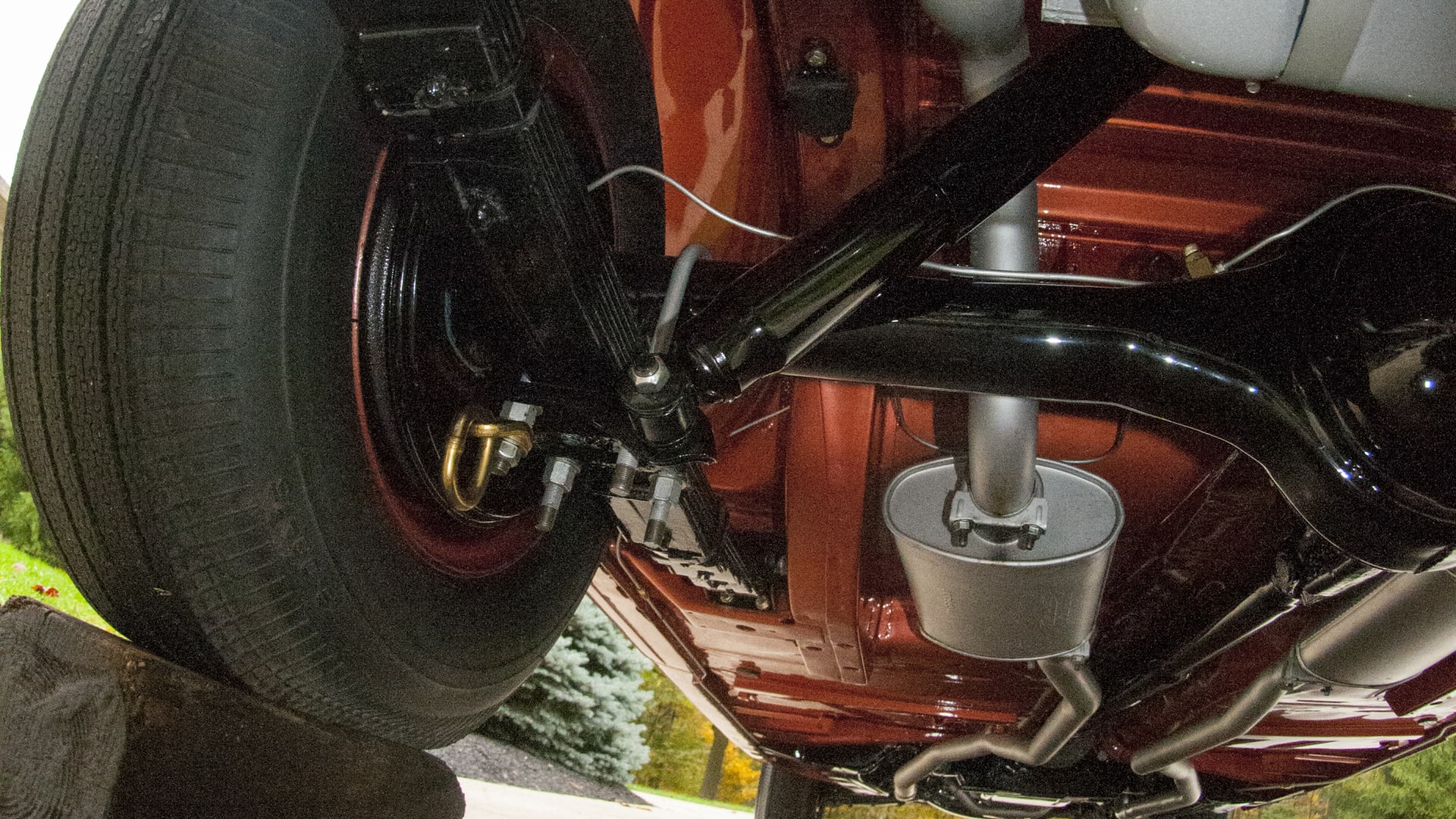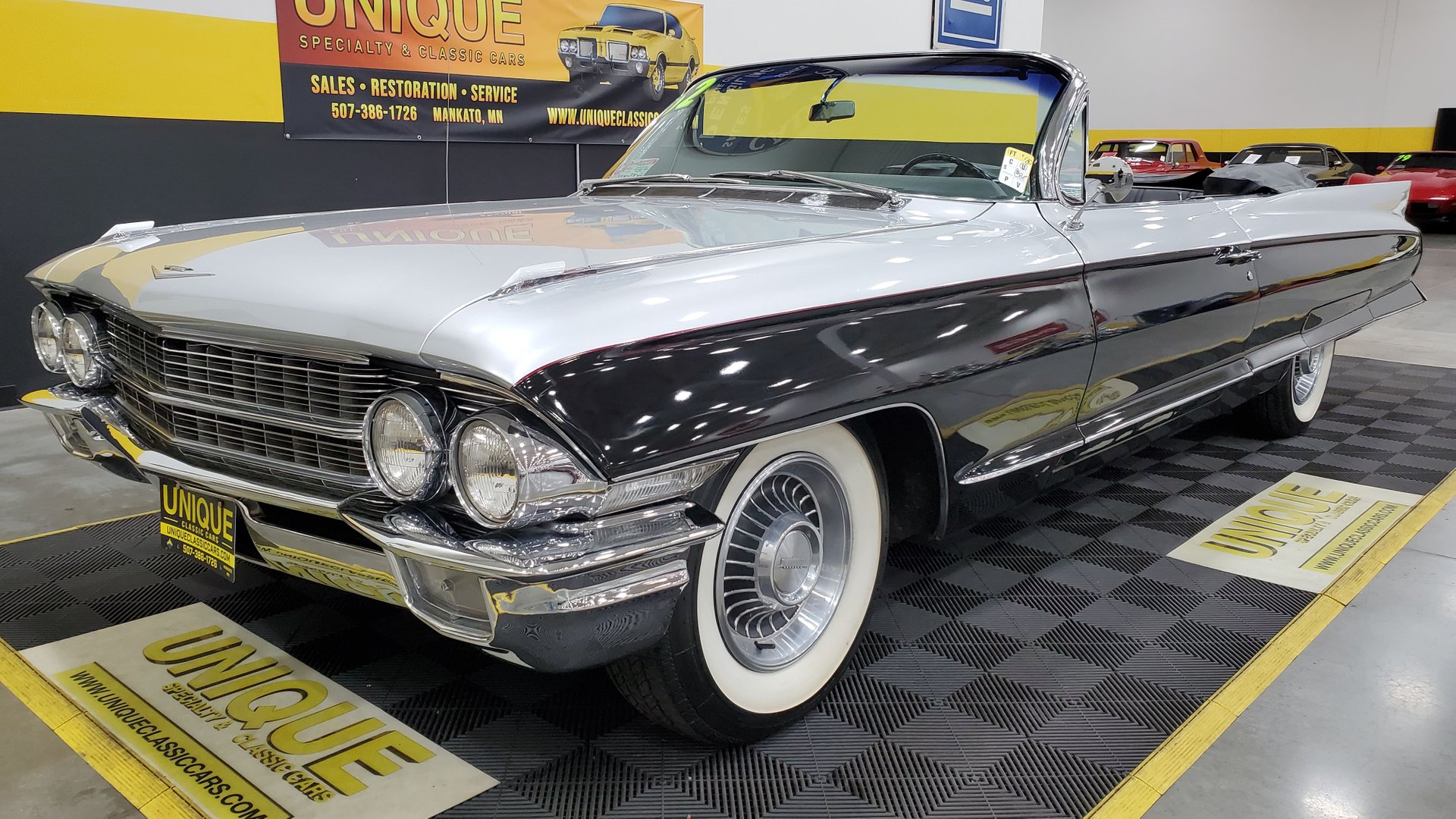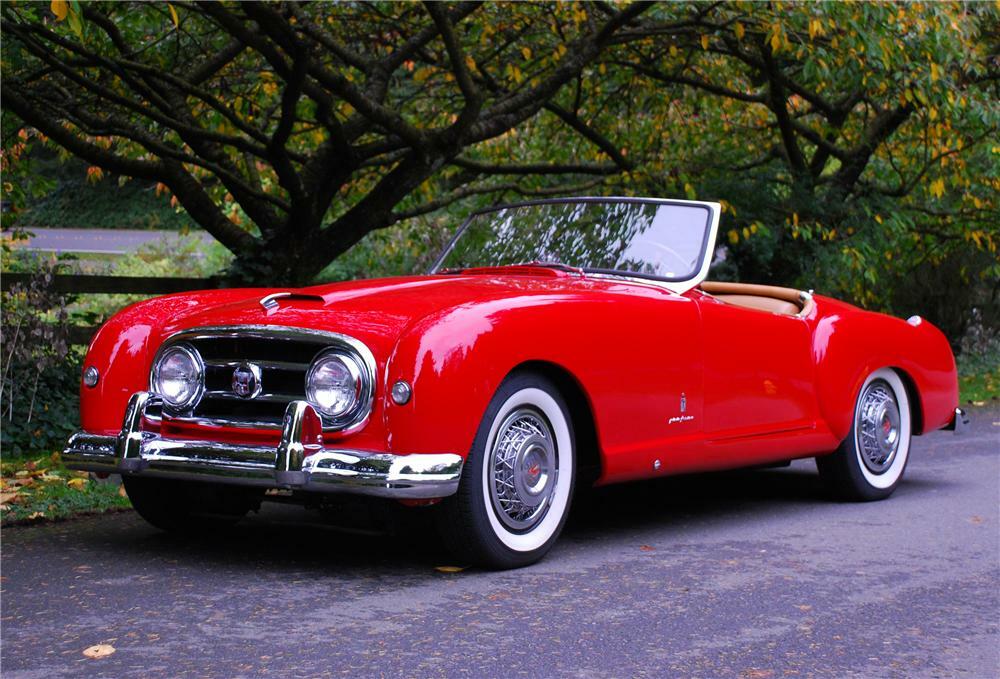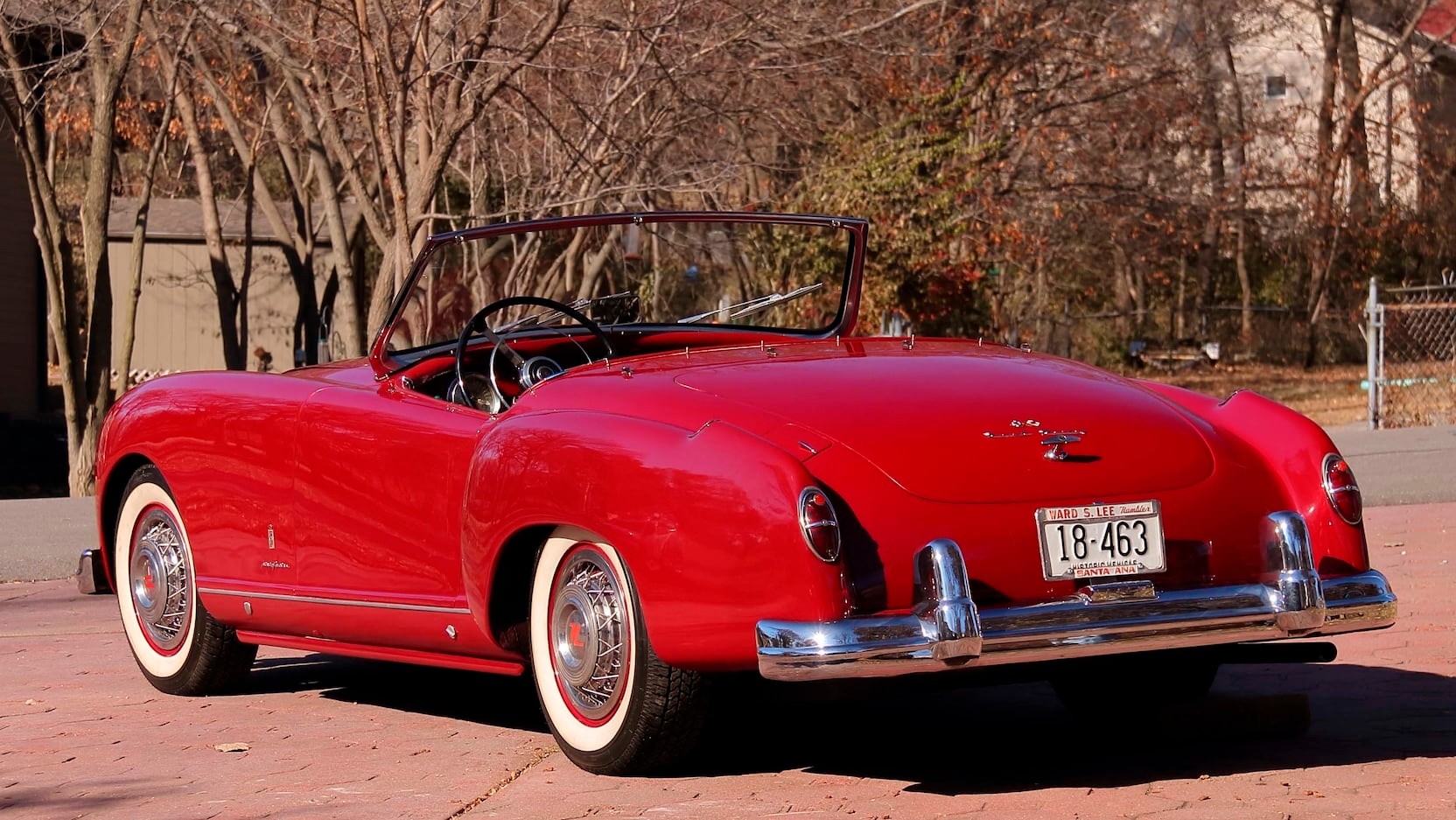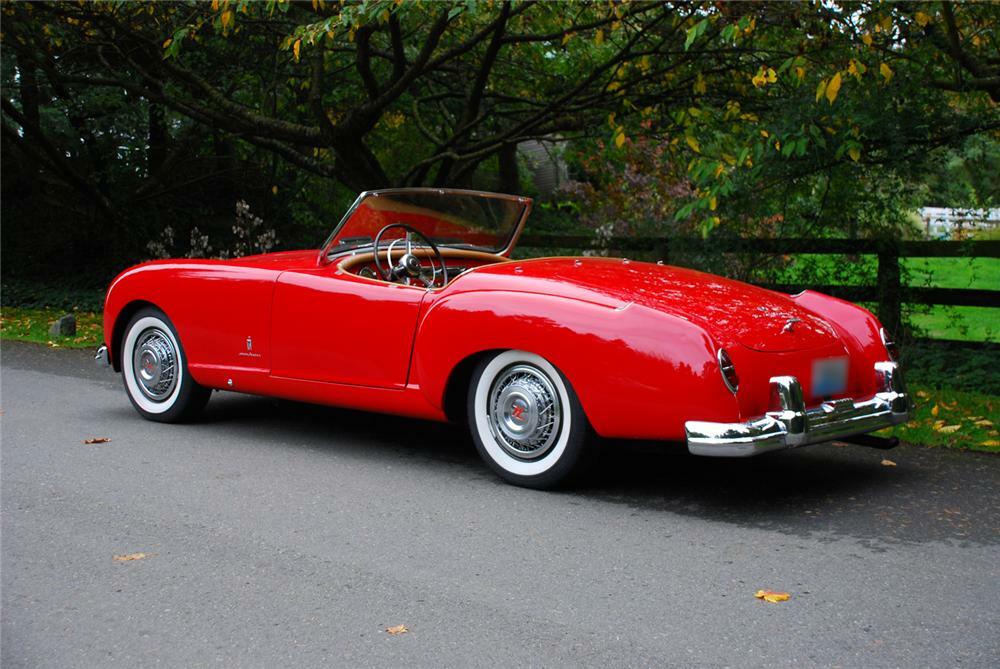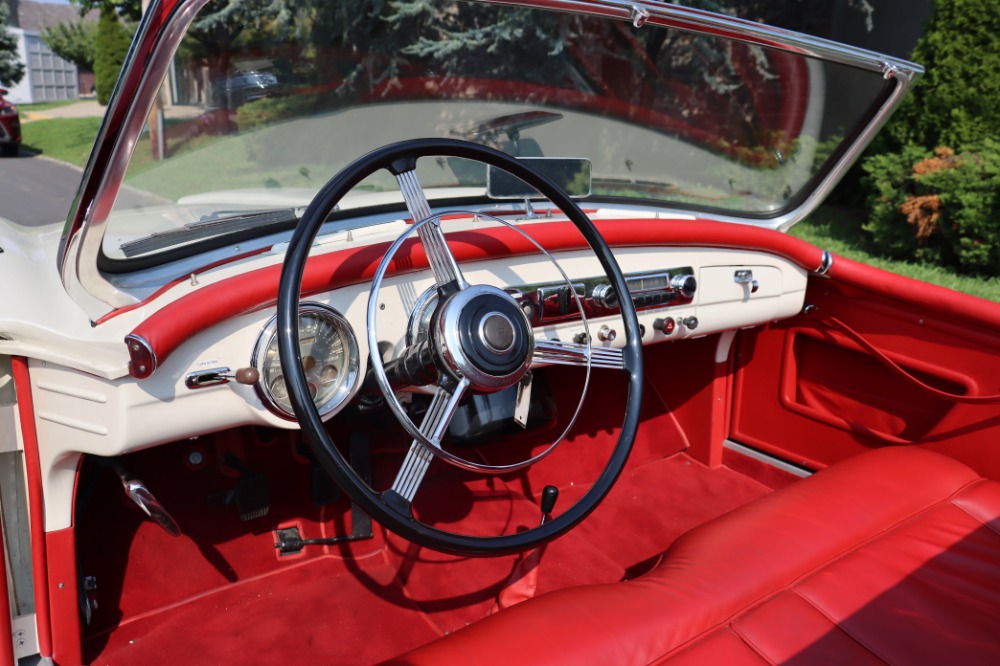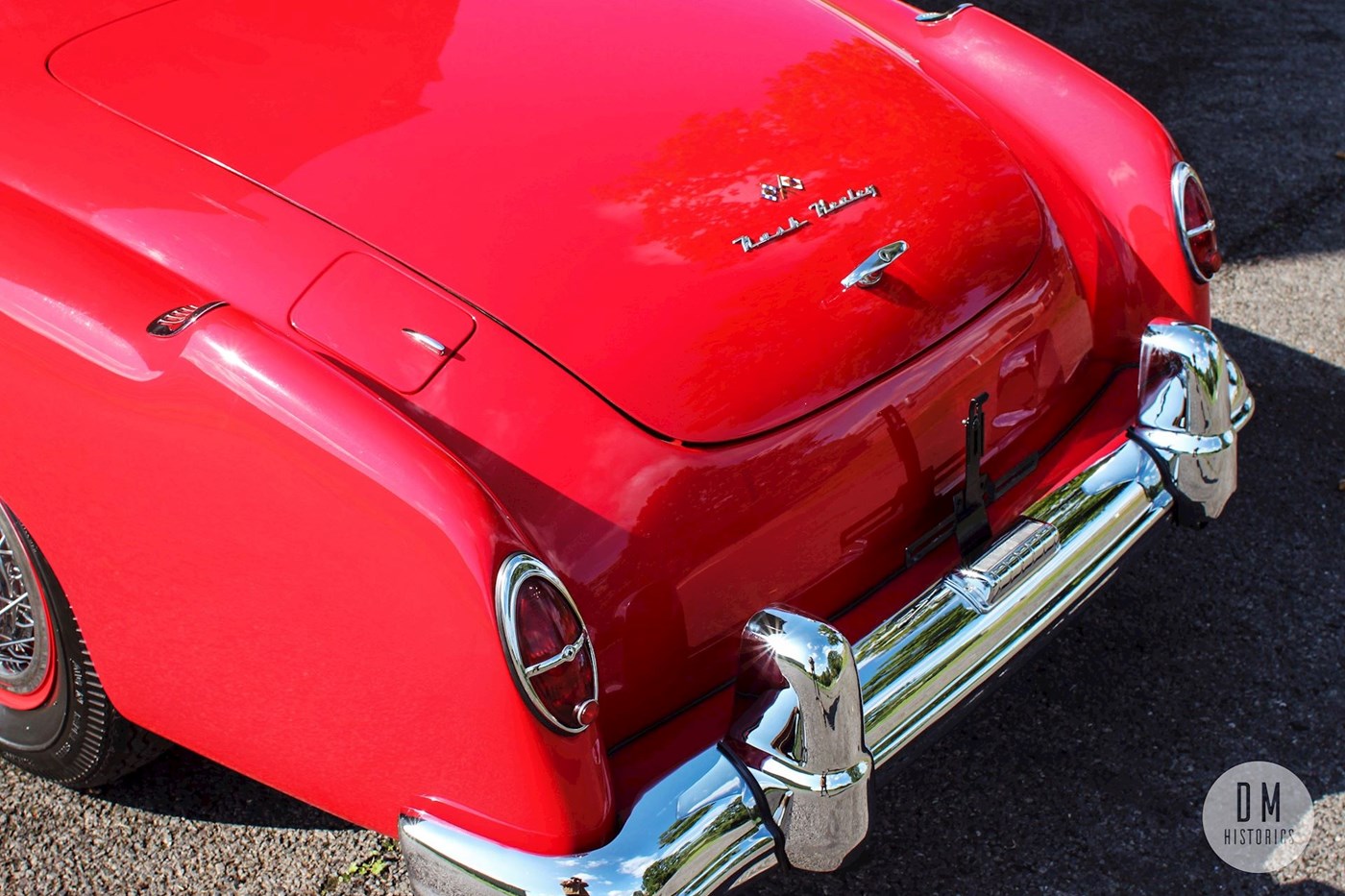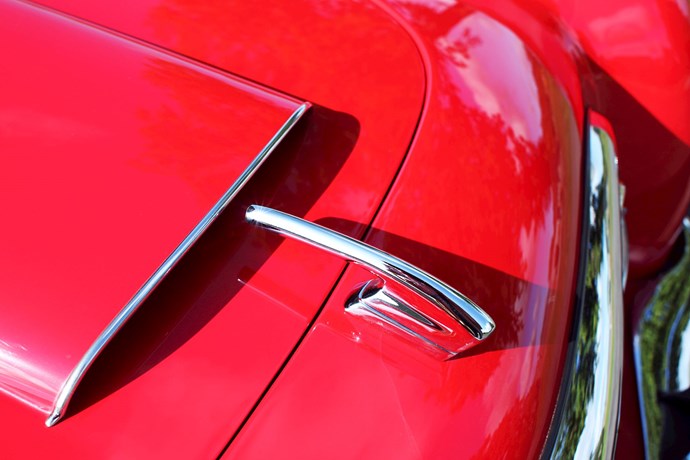While many people believe that the Parisienne is the Canadian version of the Bonneville, this Pontiac model is actually more related to the American Impala.

The two cars are virtually identical from a mechanical perspective, with even the marketing strategy embraced by Chevrolet replicating the one it used in the United States for the Impala.
Launched in 1958, the Parisienne was originally offered as the top version of the Laurentian – in the American market, the Impala debuted the same year as a high-end configuration in the Bel Air family.



Not only that the metal comes in a rough shape, but many parts are also missing, beginning with the engine and the transmission. This Parisienne was born with a six-cylinder under the hood, but that unit is long gone, so if anything, the car is now ready for a restomod as well.

But at the end of the day, this is one of the most solid Parisienne examples still known to be in existence, so fingers crossed for someone to give it a second chance. eBay seller harv34 is ready to let the car go for at least $2,500. Needless to say, it’s located in Winnipeg, Canada.










